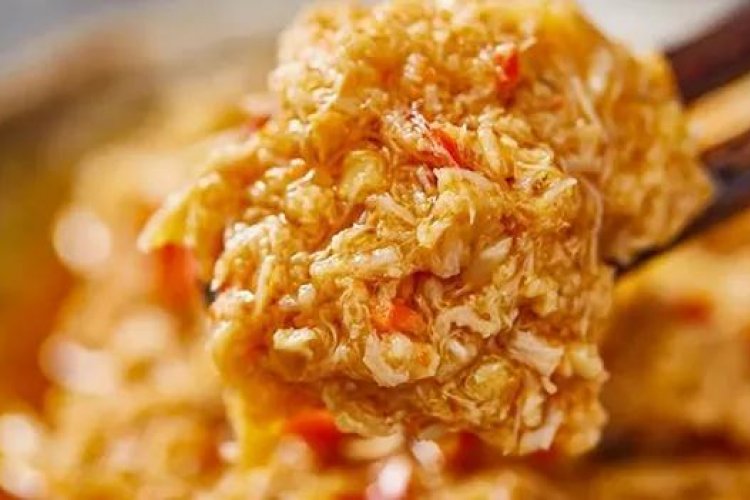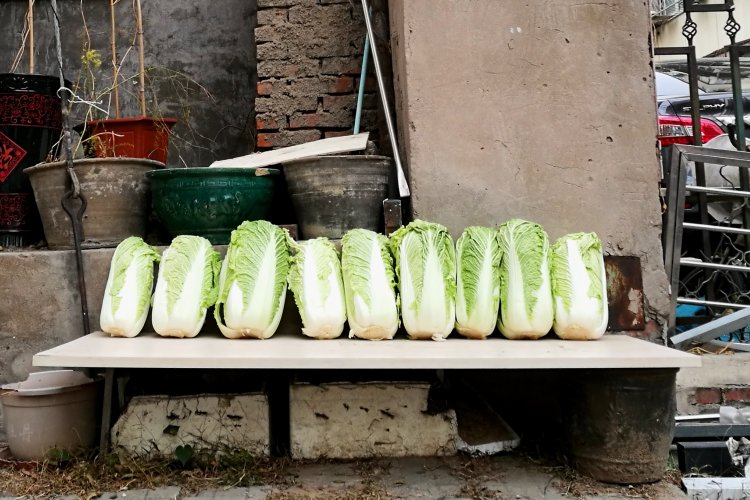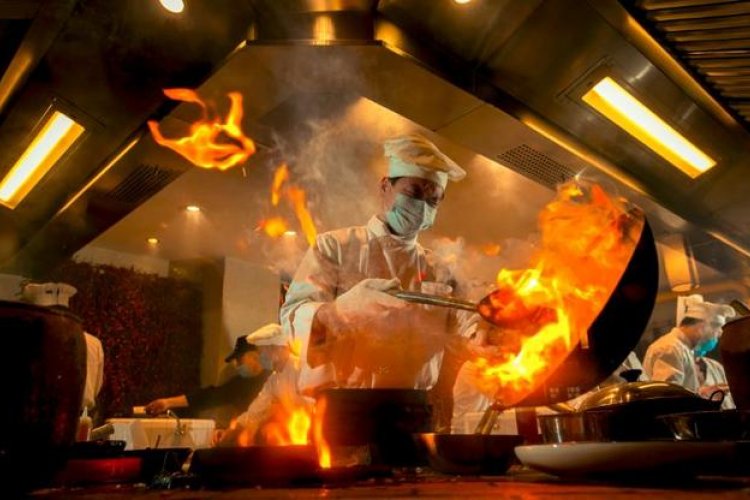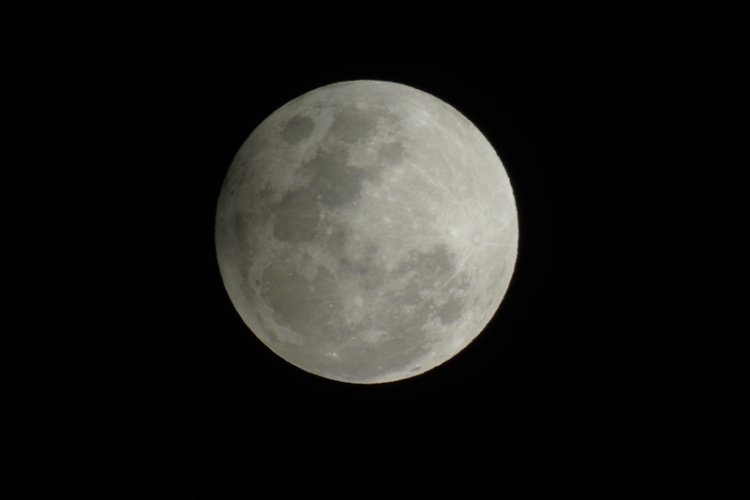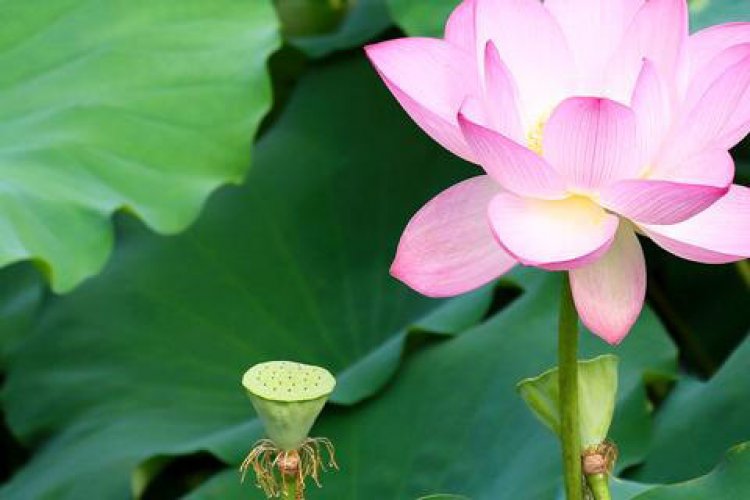A Month-by-Month Guide to the Most Common Chinese Festival Foods
It's hard to keep track of the traditional Chinese festival calendar, and it's even harder to keep track of all the customs and special foods that go along with them. We've put together this guide so that you know which foods to seek out depending on the time of year.
JANUARY
Laba congee, Laba Festival – 8th day of 12th lunar month (Jan 18, 2024)
Laba congee is a complex dish of rice, beans, dried fruits and nuts, and proteins such as bean curd. Laba Festival was originally an occasion to make sacrifices to the ancestors, so when eating laba congee people first make an offering and always leave a little congee after eating, to symbolize plenty in the New Year. In northern China, this is also the day to make laba garlic, whole cloves of garlic preserved in black vinegar, great for dipping your dumplings in during Spring Festival.
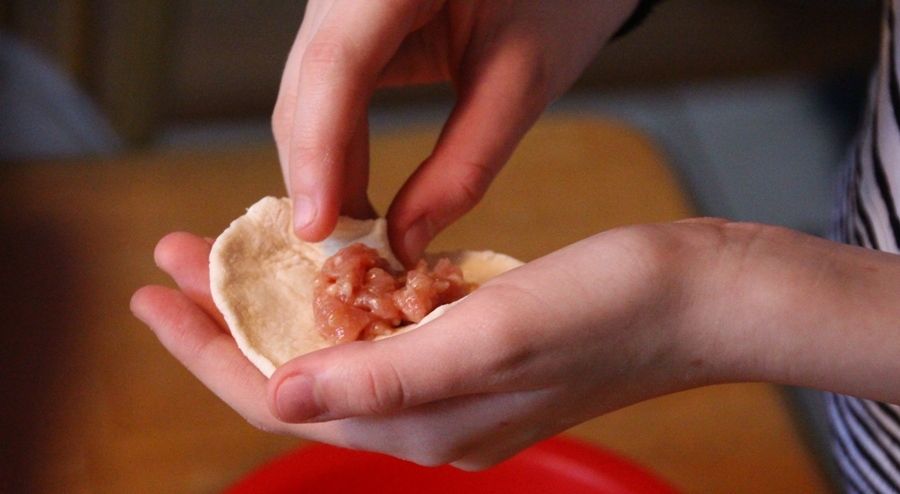
FEBRUARY
Dumplings, Spring Festival – 1st day of 1st lunar month (Feb 10, 2024)
Eaten on the first day of Spring Festival, dumplings represent change and fecundity in the new year. The shape of dumplings resembles ancient Chinese gold ingots (sycee) so they are a particularly wealthy omen. Some people even hide one jiao and five jiao coins inside the dumplings (much like the British tradition of hiding a silver sixpence in the Christmas pudding), which are thought to bring good fortune to whoever finds them.
Yuanxiao, Lantern Festival – 15th day of 1st lunar month (Feb 24, 2024)
The last of the Spring Festival foods, yuanxiao (or tangyuan) are balls of glutinous rice flour cooked and served in a light sugar syrup. They may be large or small, filled or unfilled. Yuanxiao literally means “first evening”, referring to the first full moon after Chinese New Year, when Lantern Festival is held.
Chunbing, Longtaitou Festival – 2nd day of 2nd lunar month (Mar 11, 2024)
Also known as lichun, this festival celebrates the onset of spring. Chunbing, thin pancakes wrapped around an assortment of meat and vegetables, were a way for common folk to welcome in the new season by literally “biting the spring”.
APRIL
Qingtuan, Qingming Festival – 104 days after the winter solstice (Apr 4, 2024)
These green glutinous rice dumplings – usually filled with sweet red bean paste – are associated with Qingming, or Tomb sweeping, Festival. Qingtuan are a truly seasonal food, since the barley grass used to color and flavor them is only available around the time of Qingming.
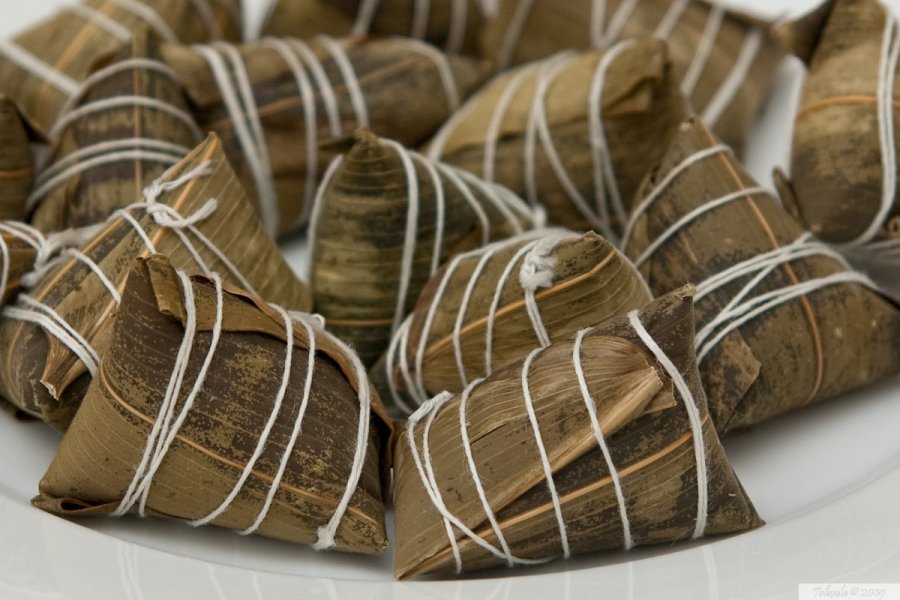
JUNE
Zongzi, Dragon Boat Festival – 5th day of 5th lunar month (Jun 10, 2024)
Apart from the eponymous dragon boat racing, the most famous part of Dragon Boat Festival is zongzi, steamed glutinous rice dumplings wrapped in banana or reed leaves. Legend has it that zongzi came about during the Warring States Period, when poet Qu Yuan drowned himself in the Miluo river after failing to warn the Chu king against the Qin invasion. Villagers threw packets of rice into the river to stop the fish from eating his body. Gruesome.
AUGUST
Qiaoguo, Qixi Festival – 7th Day of 7th lunar month (Aug 10, 2024)
Qixi celebrates the tale of the Cowherd and the Weaver Girl, whose forbidden love saw them banished to opposite sides of the Milky Way, only to meet once a year on the seventh day of the seventh lunar month. Since Qixi is traditionally a women’s festival, young girls would make qiaoguo, thin fried pastries made from flour and sugar syrup.
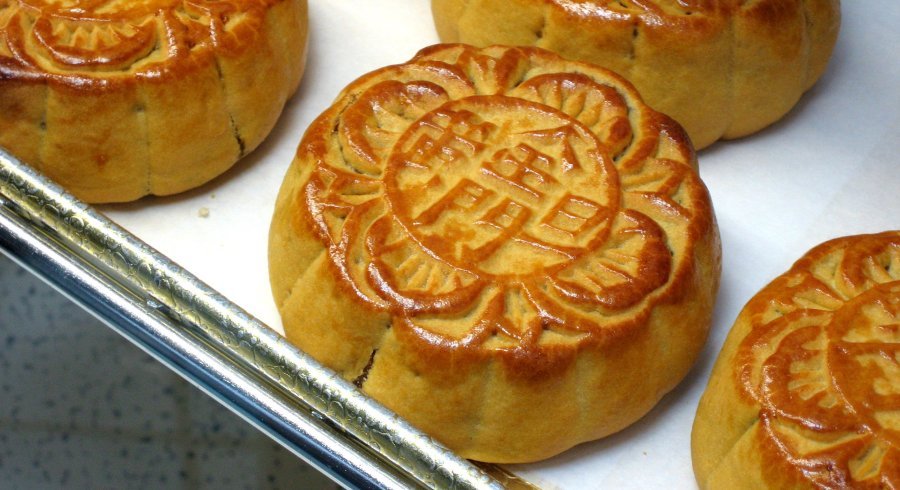
OCTOBER
Mooncakes, Mid-Autumn Festival – 15th day of 8th lunar month (Sep 17, 2024)
Mooncakes’ rounded shape is meant to represent the full moon, as well as the coming together of family. Mooncakes (yuebing) are both a hot and an unwanted commodity – everyone wants to give them but no-one wants to eat them. This could be because a single Cantonese-style mooncake, with its lard pastry, salted duck egg yolk, and sugar-packed filling, can contain upwards of 1,000 calories.
Chongyang Cake, Chongyang Festival – 9th day of 9th lunar month (Oct 11, 2024)
According to the I Ching, nine is a yang number, so the ninth day of the ninth lunar month has too much yang and is thus a potentially dangerous date. To protect against danger, it is customary to go hiking on Chongyang Festival. People in non-mountainous areas eat Chongyang cake, as the character for cake (gao, 糕) sounds like the character for height (gao, 高).
DECEMBER
Dumplings, Winter Solstice (Dec 21, 2024)
Yes, the Chinese festival calendar mandates the eating of dumplings twice per year, and we're not about to complain. The Winter Solstice practice of eating dumplings is thought to have originated in the Han dynasty, when a kindly doctor took pity on some cold street children and prepared dumplings for them to eat.
READ: Winter Warmer Recipe: How to Make Your Own Chai Tea
Images: Wikimedia, Flickr
Related stories :
Comments
New comments are displayed first.Comments
![]() Sikaote
Submitted by Guest on Sun, 08/30/2020 - 14:47 Permalink
Sikaote
Submitted by Guest on Sun, 08/30/2020 - 14:47 Permalink
Re: A Month-by-Month Guide to the Most Common Chinese...
Yi. Yi Ching.
You're welcome.
Validate your mobile phone number to post comments.


